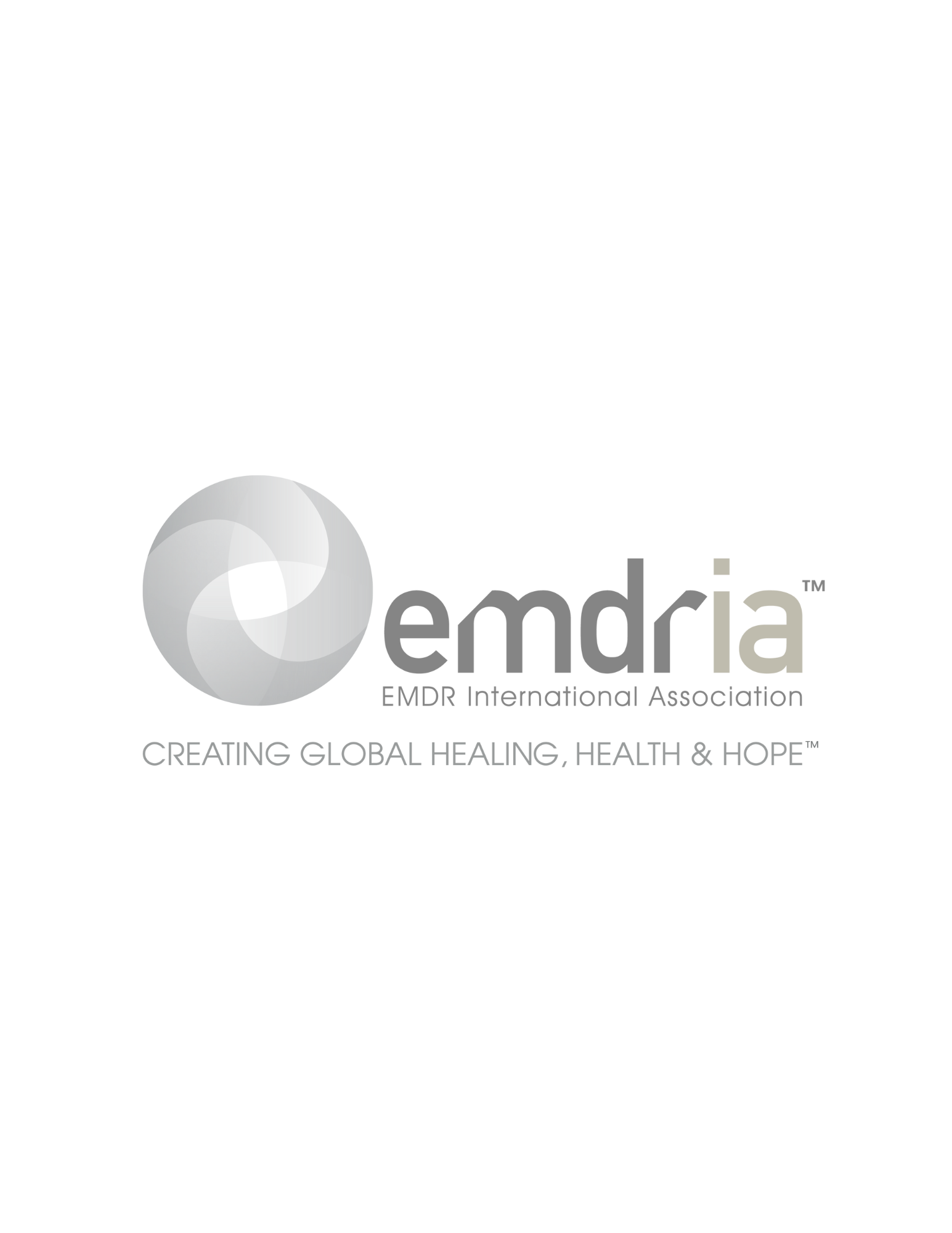Standard & Intensive EMDR: Flexible Options for Healing in Redondo Beach, CA
Sometimes traditional weekly therapy sessions aren’t enough to create the movement and relief you’re hoping for.
That’s where EMDR — whether in a standard 50-minute format or a longer intensive — can make a meaningful difference.
Today offers a clear look at what adjunct and intensive EMDR really are, who they can help, and how these options might support your healing journey.
Table of Contents
What Is Standard EMDR?
Standard EMDR sessions are called “standard” because they follow the typical therapy hour — about 50 minutes. They’re often scheduled weekly, but you have flexibility in choosing the frequency that feels most supportive for you. Some people prefer the consistency of weekly sessions, while others space them out more depending on their needs, pace, and life circumstances.
In each session, EMDR uses bilateral stimulation — such as eye movements, tapping, or sound tones — to help the brain safely reprocess distressing memories, beliefs, or body reactions. This structured process allows your nervous system to release what has felt stuck, so the experience no longer carries the same intensity in daily life.
Many people find the standard format helpful because it creates a steady, dependable rhythm for trauma healing. It offers enough time to stay with the work while leaving space between sessions for reflection and integration into everyday life.
What Is Intensive EMDR?
Intensive EMDR is a focused format that gives more time and space to process distressing memories, images, beliefs, sensations, and emotions. While it’s often used to address trauma, it can also help shift stuck patterns or nervous system reactions that haven’t eased through traditional therapy.
Unlike weekly sessions that are usually 50 minutes, intensive sessions are 2 hours long. They can be scheduled close together for momentum or spaced out to give you time to integrate between sessions. This extra time allows for deeper reprocessing, a stronger sense of closure, and fewer disruptions in the flow of the work.
Many people benefit from weekly EMDR therapy. But for some, the 50-minute format feels too short — just as something meaningful is coming up, the session ends. That’s when intensive EMDR can be especially helpful, particularly if you’re feeling overwhelmed, stuck, or ready to move through something more directly.
So is one better than the other? The EMDR process itself doesn’t change — what’s different is simply the amount of time dedicated to it. Some people prefer the steady rhythm of weekly sessions, while others appreciate being able to stay with the work longer during a single sitting. It’s not about which is more effective, but about what feels most supportive for you at this stage of your healing.
Intensive EMDR can stand alone or be paired with ongoing therapy. If you’re already working with another therapist, intensive sessions are offered as supplemental care — designed to support, not replace, the work you’re already doing.
How Adjunct EMDR Fits In
Adjunct EMDR is a collaborative and flexible option for people who are already in therapy but want extra support for something specific. Instead of replacing your current therapist, an adjunct EMDR provider works alongside them — helping you process a particular trauma, emotional block, or distressing pattern that hasn’t fully shifted through talk therapy alone.
This option may be especially helpful when:
Your therapist isn’t yet confident using certain EMDR techniques and prefers you work with a specialist for part of your healing
Your therapist has chosen not to include EMDR in their current work but supports you in exploring it as an option
Weekly talk therapy has helped, but you still feel stuck in certain patterns or symptoms that won’t ease up
You’d like focused support around a specific memory, belief, or body-based response that keeps getting in the way
Adjunct EMDR is designed to be responsive to your needs. Some people notice meaningful change in just a few sessions, while others continue until a certain issue feels more resolved. Sessions can be scheduled as 50 minutes (standard EMDR) or 2 hours (intensive EMDR), and the pace is always tailored to what feels most supportive for you.
The goal of Adjunct EMDR isn’t to take over your care — it’s to offer targeted support for something specific while honoring the ongoing work you’re already doing with your therapist. In this model, your therapist remains the anchor of your healing journey. The EMDR clinician focuses on a clearly defined target — such as a traumatic memory, distressing belief, or nervous system response that feels stuck — and you return to your regular therapy with more clarity, regulation, and emotional movement.
It’s a team approach:
The EMDR therapist helps clear what’s stuck.
Your primary therapist helps you integrate those shifts and keep building on your growth.
This way, you get the best of both — specialized trauma processing without losing the trust and continuity you’ve already built in therapy. Adjunct EMDR doesn’t compete with therapy — it complements and enhances it. Think of it like consulting a specialist: you get targeted support and then continue your regular therapy feeling more open, settled, and empowered.
Signs EMDR Might Be Helpful
There isn’t a perfect formula for knowing when EMDR is the right next step, but there are common situations where it can make a meaningful difference:
You feel stuck despite the effort and progress you’ve already made in therapy
Talk therapy has been helpful, but it hasn’t fully released what you’re carrying
Body-based symptoms (like tension, panic, or nervous system activation) still show up even after working through things logically
EMDR isn’t available in your current therapy, or it’s hard to fit into your sessions because of time
You feel curious about EMDR and want to explore how it could support your healing
Adjunct and intensive EMDR don’t replace the therapy you already have — they add another layer of support. Think of it as a way to move through what’s been hardest to shift, so your ongoing work feels lighter, more open, and more effective.
What to Expect in a Session
Once you decide to move forward with adjunct EMDR — whether in a standard (50-minute) or intensive (2-hour) format — the first step is an intake session. This gives your EMDR therapist a chance to learn about your history, goals, and what you’d like to work on. Together, you’ll create a personalized plan for reprocessing that feels safe, structured, and responsive to your needs.
During the intake, you can expect to:
Share a bit about what brings you in and what you hope to shift
Learn more about how EMDR works and what the process looks like
Explore your resources and grounding strategies so you feel supported during reprocessing
Identify specific memories, patterns, or responses that may become the focus of your work
After the intake, sessions move at your pace. Some people notice changes after just a few meetings, while others continue longer until certain issues feel more resolved. You’ll always have choice in how often you schedule, whether you prefer the rhythm of weekly standard sessions or the deeper focus of intensives.
The process is flexible and collaborative, designed to support both your healing and the ongoing therapy you may already be doing.
Final Thoughts
Whether you choose standard EMDR sessions or a more focused intensive format, the goal is the same: helping you move through what feels stuck so you can feel lighter, calmer, and more connected. Adjunct EMDR is designed to work alongside the care you already have, offering specialized support for processing trauma, distressing beliefs, or body-based responses that haven’t shifted through talk therapy alone.
Healing doesn’t look the same for everyone, and there’s no one “right” pace. Some people notice changes after just a few sessions, while others prefer more time. What matters most is that the process feels safe, collaborative, and tailored to you.
If you’re curious about whether EMDR could be a helpful step on your path, I’d be glad to connect and explore what format might best support your needs.
Until next time, don’t forget to take care of yourself.
About the Author
Catherine Alvarado, LMFT 134744, is an EMDR Certified therapist and Consultant-in-Training (CIT) based in Redondo Beach, California. She specializes in trauma therapy, EMDR therapy, anxiety treatment, and somatic approaches that support healing for both mind and body. Catherine works with teens, adults, and families navigating panic, complex trauma, PTSD, and other challenges that touch daily life.
As the founder of Catherine Alvarado, LMFT & Associates and co-founder of Eunoia Wellness Studio, Catherine is dedicated to providing holistic therapy in the South Bay, blending evidence-based care with compassionate support. She offers individual therapy, intensive EMDR therapy, adjunct EMDR, couples therapy, and family therapy in Redondo Beach and online across California.
Her mission is to create safe, welcoming spaces where clients can feel understood, find relief from overwhelming symptoms, and move toward steadier, more balanced days. If you are experiencing distress, reach out today to schedule a free phone consultation.






